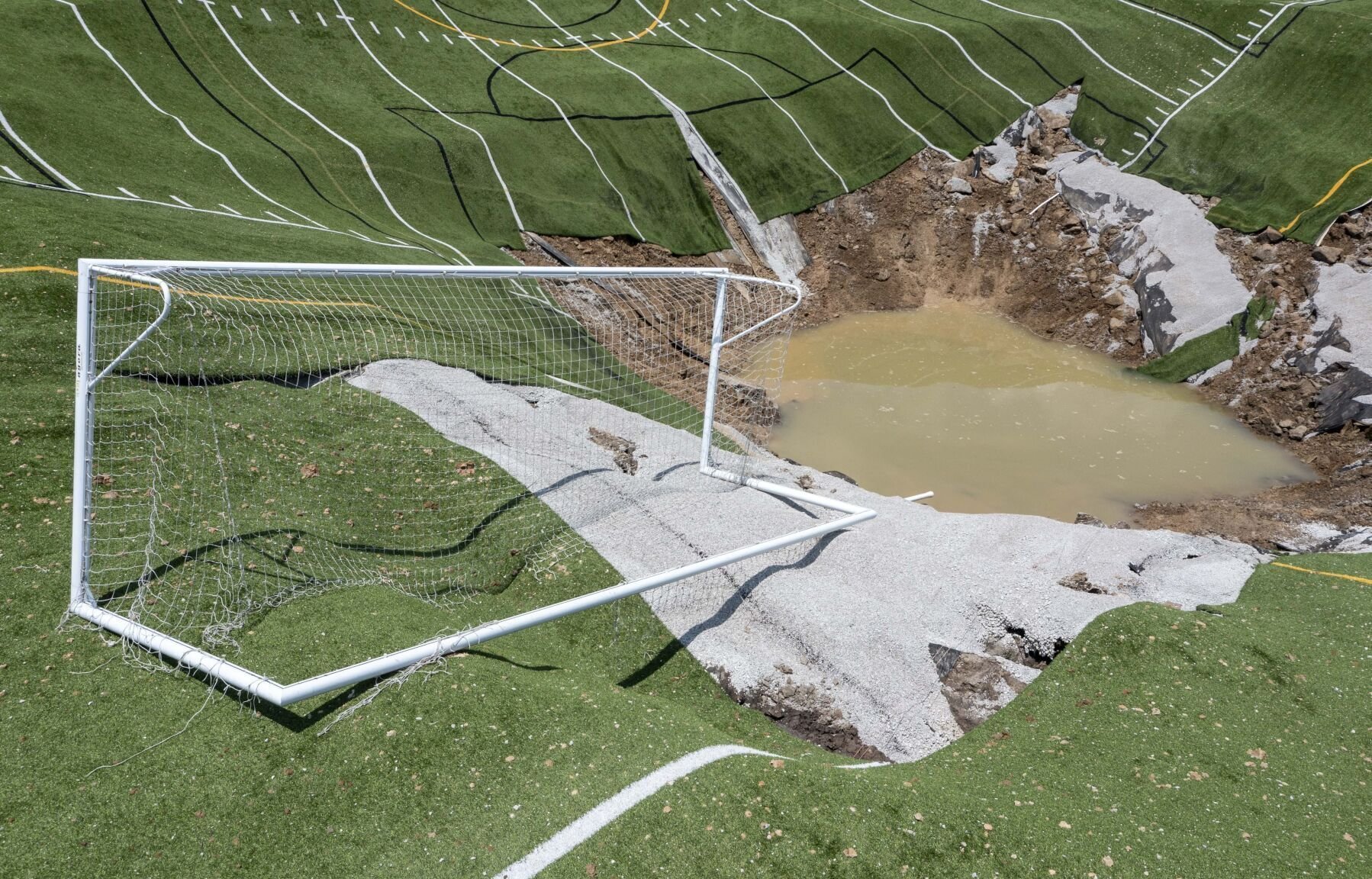Researchers at The University of Texas MD Anderson Cancer Center have identified seven distinct cellular environments within diffuse large B-cell lymphoma (DLBCL) tumors. These findings point to new avenues for developing therapies that harness the body’s own immune powers to fight cancer.
Spatial Analysis Finds Immune-Rich Pockets in Diffuse Large B-Cell Lymphoma Tumors with Clear Treatment Potential
Key Takeaways:
- Researchers identified seven distinct microenvironments in DLBCL tumors.
- The University of Texas MD Anderson Cancer Center conducted the study.
- Spatial analysis provided detailed insight into tumor and immune cell interactions.
- These insights offer a framework for new immunotherapy approaches.
- The discovery underscores the potential of targeted immune-based cancer treatments.
The Challenge of Diffuse Large B-Cell Lymphoma
Diffuse large B-cell lymphoma (DLBCL) is a type of non-Hodgkin lymphoma that can prove difficult to treat due to its complex structure and aggressive behavior. Researchers are increasingly using cutting-edge techniques to better understand this complexity and apply targeted approaches that can improve patient outcomes.
Innovative Spatial Analysis at MD Anderson
At The University of Texas MD Anderson Cancer Center, a team of scientists employed spatial analysis to study tumor composition at a microscopic level. This method allowed them to pinpoint areas within DLBCL tumors where immune cells gather, revealing a more complete picture of how cancerous cells and the immune system interact.
Seven Distinct Tumor Environments
Their work identified seven unique cellular microenvironments, each marked by different types and concentrations of immune cells. Understanding these microenvironments is crucial: some regions were found to be more hospitable to immune activity, while others appeared to limit the body’s defenses against cancer.
A New Framework for Targeted Therapies
By mapping these immune-rich pockets, the research team believes it may be possible to design treatments that activate and support immune cells specifically in the areas where the body shows a natural response. While much of the detailed methodology remains part of ongoing and future research, this discovery lays an important foundation for therapies that engage a patient’s innate defenses against DLBCL.
A Look Ahead
This work highlights how high-resolution research tools and systematic analysis can open new windows into complex diseases. With seven distinct microenvironments helping to guide researchers, future therapies for DLBCL may effectively harness the immune system’s strengths, offering renewed hope for patients facing this challenging lymphoma.











